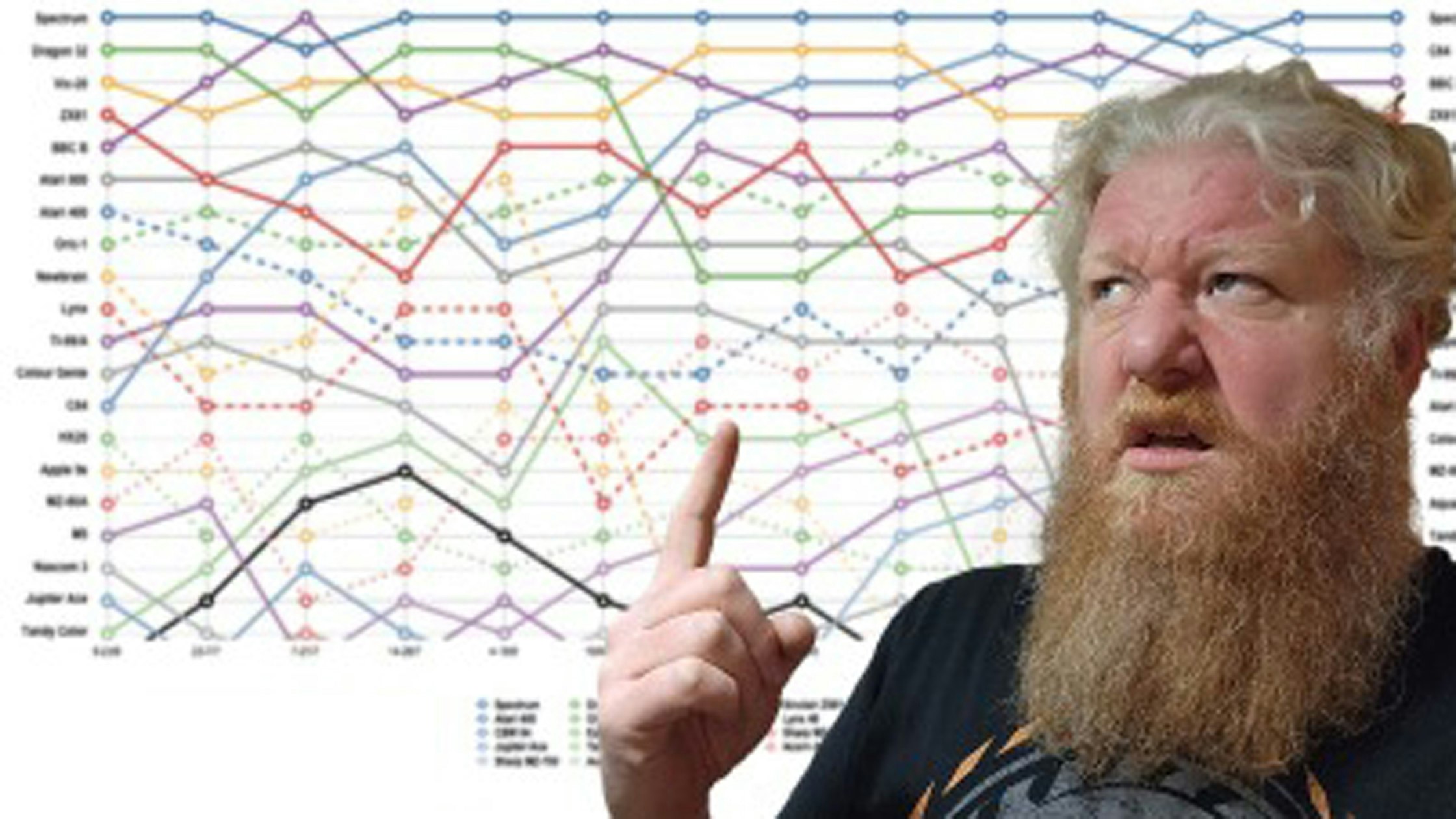By Aaron Turpen, automotive writer
For those who’ve been looking at used cars lately, there’s some good news. The overall used car market saw some cooling, when it comes to prices paid. The past four months have seen used car prices drop an average of about 12 percent, according to the National Automobile Dealers Association. It’s worth noting, however, that this is down from a high point and doesn’t put used cars anywhere near their price points prior to COVID-19 shutdowns.
The average car manufacturer for the past two years has been running at about three-quarter capacity. In 2019, the total number of new cars made globally was 92 million. In 2020, that dropped to 78 and in 2021 it was only 80 million. In 2022? Still only about 80 million. In the U.S., production fell from about 17 million in 2019 to under 14 million in 2022. For reference, only 12.7 million new vehicles were sold in the U.S. in 2011 when the financial crisis was at its worst.
Most automakers operating in the U.S., including Stellantis (Chrysler, Dodge Fiat, Jeep, Ram), Honda, Nissan, and Toyota are reporting sales drops of 10 percent or greater over the past year. General Motors was the only traditional automaker reporting an uptick in sales last year. And credits this sales bump to new electric vehicle sales. Which coincides with sales boosts at EV makers like Tesla and Rivian.
Supply chain issues and shuffling by automakers trying to figure out ways around them, plus higher consumer demand after spending two years not buying, has meant that there are more buyers than cars available. This has driven up costs. The average new car right now, in the U.S., is selling for over $47,500–a near $2,000 jump from 2021 averages. That’s about 65 percent over what that number was a decade ago. Most vehicle manufacturers are reporting dealership stock to be at about half the level it was pre-pandemic.
But production is rising again and automakers are expecting to see higher numbers for 2023 versus 2022 production. So more new cars will be produced, lowering the supply versus demand constraints. Improved availability will eventually translate to less demand in the used vehicle sector. The good news for new car buyers is that we’ll likely see dealership markups also cool off this year as supply increases.
For now, the cooling in used car prices has come because of higher interest rates. As the Federal Reserve began adding to the wholesale interest cost for banks, that meant higher loan costs for consumers. Three years ago, mortgage interest rates were well below three percent. Today they’re near five percent. Meanwhile, automotive loans have risen from just over five percent in 2019 to nearly seven today. As with home buying, these higher rates have lowered consumer interest, resulting in fewer buyers.
Although used car prices have cooled, we can expect that this trend won’t continue much longer. Prices aren’t going to get anywhere near pre-COVID numbers. The Federal Reserve won’t begin cutting interest rates, most market watchers expect, until September or later. That’s likely optimistic and if rates are lowered that soon, they’ll be slowly done in increments over time. Not all at once. Many analysts believe that we may never see 0% interest rates from the Federal Reserve again. For political reasons, I have my doubts about that bit, but they’re the experts.
Meanwhile, the used car market’s slowdown is probably about to jump again. Renewed demand this time of year comes from sales starting around President’s Day (Feb 20) and goes until around April or May as people begin receiving tax returns or finding out they didn’t have to pay Uncle Sam as much as they’d expected. This short surge is quite often what many used car dealerships base much of their annual income on. These two or three months are often the busiest for many car dealerships, especially smaller ones. So expect prices to go up with renewed demand as dealerships try to strike a balance between the increased demand and the budget constraints their buyers might face.
The short of it is: if you’re looking to buy a new or used vehicle, don’t expect current price drops to continue for long. And don’t hang your hopes on interest rates dropping very soon. We’re still in a seller’s market.





